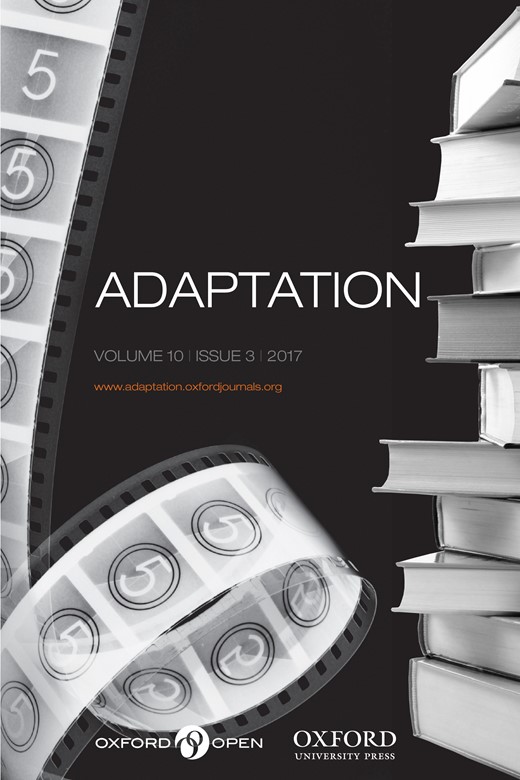-
Views
-
Cite
Cite
Kirstine Moffat, Mark Bond, ‘The Ultimate Version of Who You are Now’: Performing the Gentleman Spy, Adaptation, Volume 10, Issue 3, December 2017, Pages 352–368, https://doi.org/10.1093/adaptation/apx020
Close - Share Icon Share
Extract
‘If you’re prepared to adapt and learn, you can transform’, superspy Harry Hart (Colin Firth) declares to his working-class protégé Eggsy Unwin (Taron Egerton) in Kingsman: The Secret Service (Twentieth Century Fox, 2015).1 The transformation Harry advocates is a jettisoning of Eggsy’s working-class outlook, clothing, and mannerisms in order to become a gentleman spy. Through focusing on the figure of the gentleman spy and his performance of masculinity in Kingsman and the graphic novel on which it is based, Mark Millar and Dave Gibbons’s The Secret Service (2012), we unpack two aspects of adaptation. Firstly, we examine the ways in which the gentleman spy trope is transposed from the graphic novel to the screen, answering the call from adaptation scholars such as Linda Hutcheon, Thomas Leitch, and Deborah Cartmell and Imelda Whelehan to broaden the adaptation discussion by moving beyond what Leitch terms the ‘literature on screen’ paradigm (64). It is important to consider ‘material from print journalism, franchise characters, television series, comic books, video games, and toys’ (Leitch 64) in order to ‘challeng[e] the comforts of disciplinary integrity’ (Cartmell and Whelehan 4). Furthermore, we contend that while the staples of the spy narrative remain constant in both texts, the graphic novel satirises elements of the genre while the film oscillates between homage and pastiche.



